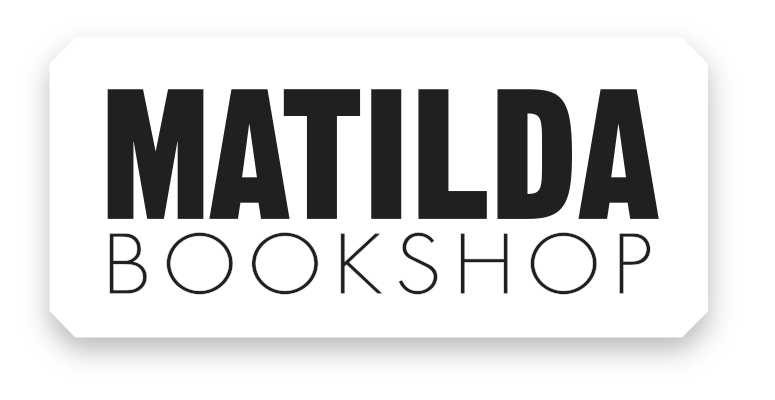
AUTHORS
Geraldine Brooks Q&A
Purchase Horse here
Geraldine Brooks is an author and journalist who grew up in Sydney's western suburbs. She worked for the Sydney Morning Herald and in 1982 she won the Greg Shackleton scholarship to the journalism master's program at Columbia University. Later she worked for the Wall Street Journal, where she covered crises in the Middle East, Africa and the Balkans. In 2006 she was awarded the Pulitzer Prize in fiction for her novel March. Her novels Caleb's Crossing, People of the Book and The Secret Chord were New York Times bestsellers, and Year of Wonders is an international bestseller, translated into more than 25 languages. She is also the author of the acclaimed non-fiction works Nine Parts of Desire and Foreign Correspondence. In 2011 she presented Australia's prestigious Boyer Lectures, later published as The Idea of Home. In 2016 she was appointed Officer in the Order of Australia for her services to literature. Geraldine Brooks divides her time between Sydney and Massachusetts and has two sons.
1. Why do you write?
Because I love to be told stories.
2. Describe your novel, Horse, in one (or two) sentence(s).
It’s a braided narrative set in three time periods in the antebellum American south, post WWII New York City, and contemporary Washington DC. Inspired by the life of Lexington, the greatest racehorse and stud sire of the 19th Century, it’s a novel of art and science, love and obsession, the bond between humans and animals, and the unfinished story of race and injustice.
3. Naming is an important feature of this novel. Can you tell us why you wanted to title this book ‘Horse’?
The horse at the center of the novel, Lexington, was a huge celebrity in his day, but when his fame waned in the 20th century, his bones were exhibited in the Smithsonian’s Hall of Mammals, merely an example of equus caballus, or ‘horse.’
4. Horse contains a range of voices and timelines, why did you decide to pull the lens out on your central 1850s timeline, to 1950 and 2019?
I was fascinated by the science around the horse’s bones and the painting of him held in the Smithsonian’s collections, so I knew there would be a contemporary story that allowed me to explore those things. That led me to the mysterious provenance of the Lexington portrait in the Smithsonian, and an unexpected, intriguing link to Jackson Pollock.
5. Tell us about Jarrett, Lexington’s groomsman, and later, trainer. How did you imagine this character, a young enslaved man, into being?
There is a missing painting of “Lexington, Being Led Out By Black Jarret, His Groom.” Thoroughbred racing in the 19th century was built on the plundered labor and skills of expert Black horsemen, such as Jarret, who were often enslaved. I couldn’t find much else about the real Jarret, so I imagined him and gave him the very close ties to the horse that grooms who care for them often develop. I also gave him all my own feelings towards and observations of horses.
6. To write one of your novels, Geraldine, you have to be an expert in a range of subject matters from horseracing to bookbinding to the American Civil War. What’s one of the most exciting things you’ve discovered with your researcher’s hat on? And do you nurture a secret desire to be a scientist or hang around in museums?
Jess’s nerdy Sydney childhood is closely based on my own. I loved poking around at the local tip for things to examine under my microscope. I also loved art. So research for books like this one and also People of the Book gives me license to get up in other people’s business and learn about their skills. I thought it astonishing that in the Smithsonian’s high tech labs, bone cleaning is still done by a roomful of dermestid beetles, chomping away on carcasses.
7. The bond between human and animal is a significant undercurrent in the story. Beyond the qualities needed to make an ideal racehorse, what can the relationship between horse and human reveal?
Humans are animals, after all. Forging a connection across the species barrier requires empathy. We, as a predator species, need to understand what it is like to be a prey animal. If you can win trust-- and, yes, love-- from a horse it is an accomplishment that requires patience, observation and the kind of quiet focus that is rare in modern life.
8. When and where do you write?
I have always used the school day as my writing hours. But now my younger son is heading off to college, so I won’t have an excuse to stop writing at 3pm anymore.
9. What are three things that sustain you as an author, or while you’re writing?
Poetry above all. Poets are the Olympic Eventers of the writing world and their athleticism with the language inspires me. Nature—being outside, among trees, observing plants, birds and insects-- is sustaining. And my dog is indispensable.
Bonus Question: Name three books that you couldn’t live without.
The Norton Anthology of Poetry.
Pilgrim at Tinker Creek by Annie Dillard.
The Oxford Historical Thesaurus of the English Language


